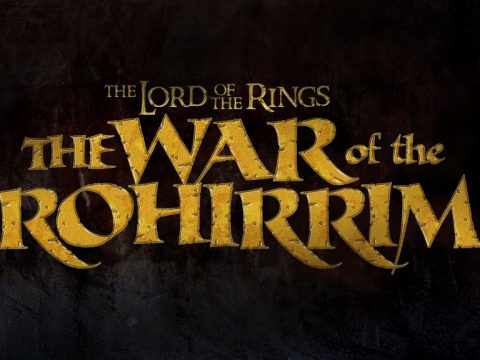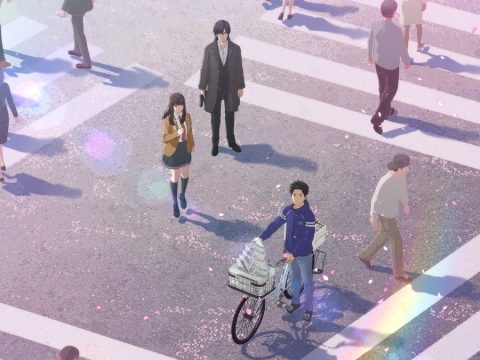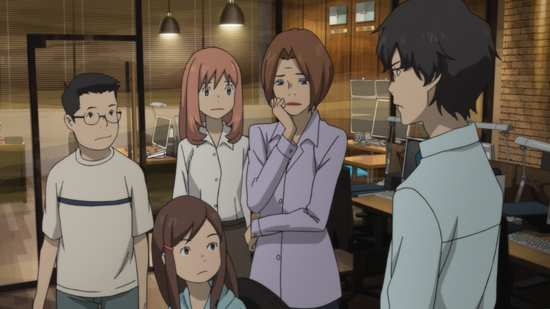
Heads up: contains some Eden of the East spoilers
As we know from grade school in the U.S., a democracy is rule by the people. So how about a gerontocracy? Is that a state ruled by the old (the geriatric)? This fancy-pants term comes up at the end of Eden of the East.
Eden of the East starts off with a naked dude holding only a cell phone who distracts the cops from arresting a Japanese chick throwing a coin onto the White House lawn. It’s quite a hook, and the story takes off with a series of addictive cliffhangers.
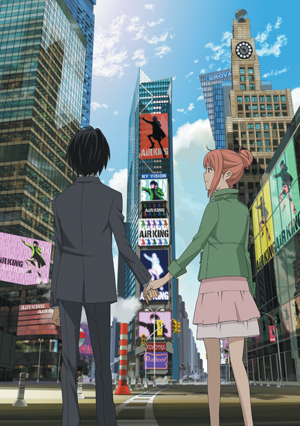 The villain of Eden of the East proves not to be a destructive monster like Godzilla, but a far less spectacular catastrophe. For half a century, Japan’s birth rate has fallen precipitously, dropping to a record low of 1.26 in 2005. The result of this is a seriously top heavy society with a mass of elderly pensioners being supported by a dwindling number of youngsters, putting disproportionate strain on working folks. Combined with an increasing life expectancy and a dash of xenophobia about foreign workers (think of Ghost in the Shell: The Individual Eleven), this trend has been given a name as fearsome as any sentai finishing move: the Japanese demographic implosion.
The villain of Eden of the East proves not to be a destructive monster like Godzilla, but a far less spectacular catastrophe. For half a century, Japan’s birth rate has fallen precipitously, dropping to a record low of 1.26 in 2005. The result of this is a seriously top heavy society with a mass of elderly pensioners being supported by a dwindling number of youngsters, putting disproportionate strain on working folks. Combined with an increasing life expectancy and a dash of xenophobia about foreign workers (think of Ghost in the Shell: The Individual Eleven), this trend has been given a name as fearsome as any sentai finishing move: the Japanese demographic implosion.
Even something as dry as Japan’s declining fertility rate can become grist for compelling stories when crafted by the right authors. In Eden of the East, director and screenwriter Kenji Kamiyama features a waning Japan in the near future led by a sclerotic and ineffective government of old men. A mysterious benefactor gifts twelve seemingly random individuals a fortune in yen to be spent as they please, so long as they work towards the game’s objective of ‘saving Japan’.
In Eden of the East Movie II: Paradise Lost, Kamiyama makes the point didactically clear. In a monologue explaining his motivations, the villain refers to the Japanese government as a gerontocracy. An elderly cabal refusing to cede power to the younger generation suggests the existence of a hoard of disaffected youth, chafing at the yoke placed on them by a society that takes them for granted. It is no coincidence, then, that the protagonist’s plans involve harnessing the ingenuity of some 20,000 NEETs (a young person ‘Not in Education, Employment or Training’) as part of his scheme to save Japan. They personify the very real Japanese lost generation.
Kamiyama’s interest in the gerontocracy is also very much on display in the 2006 cyberpunk TV movie Ghost in the Shell: Solid State Society. Public Security Section 9 finds itself pitted against a mass conspiracy of senior citizens who have managed to insinuate themselves so deeply into the government’s healthcare network they are effectively able to repurpose it as a sort of criminal syndicate. As in Eden of the East, the younger generation is depicted as being exploited, albeit in a much more blatantly parasitic manner.
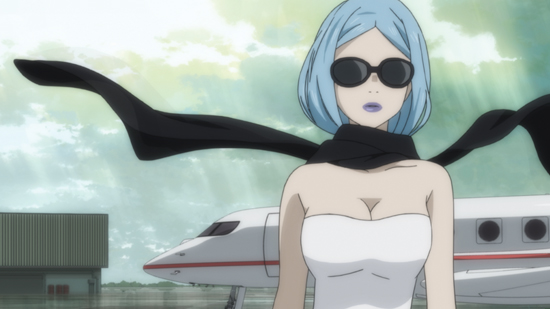
It might be possible to trace this theme all the way back to the beginnings of Kamiyama’s career, to the 1991 Katsuhiro Otomo anime feature Roujin-Z, on which Kamiyama worked as assistant art director. In that sci-fi satire, the technologically enhanced medical bed of a dying nonagenarian develops a mind of its own and runs amok with the delirious old man cocooned in its guts. In less than two decades, the creeping demographic reality of Japan has turned this notion on its head and, as Kamiyama demonstrates, the older generation is no longer seen so sympathetically, subjected to the humiliating conditions of modernity. Instead, it appears as the gerontocracy, firmly in control of modernity, and hatching sinister plots to ensure it stays that way.
Living under the pale of current health care crisis in the U.S., coupled with collapsed state budgets Kamiyama’s sci-fi paranoia stories about gerontocracies seems relevant far beyond Japan’s shores.
But don’t let all this political talk get you down. Eden of the East and the Ghost in the Shell TV series are well worth your time because of all the sweet CG-laced action scenes.
More Production I.G. stories:
– The Minds Behind Eden of the East
– The Bizarre Politics of Gasaraki
– 009 Re:Cyborg review
– Masaaki Yuasa’s Kick-Heart: Staff Interview
– HAL Anime Review


